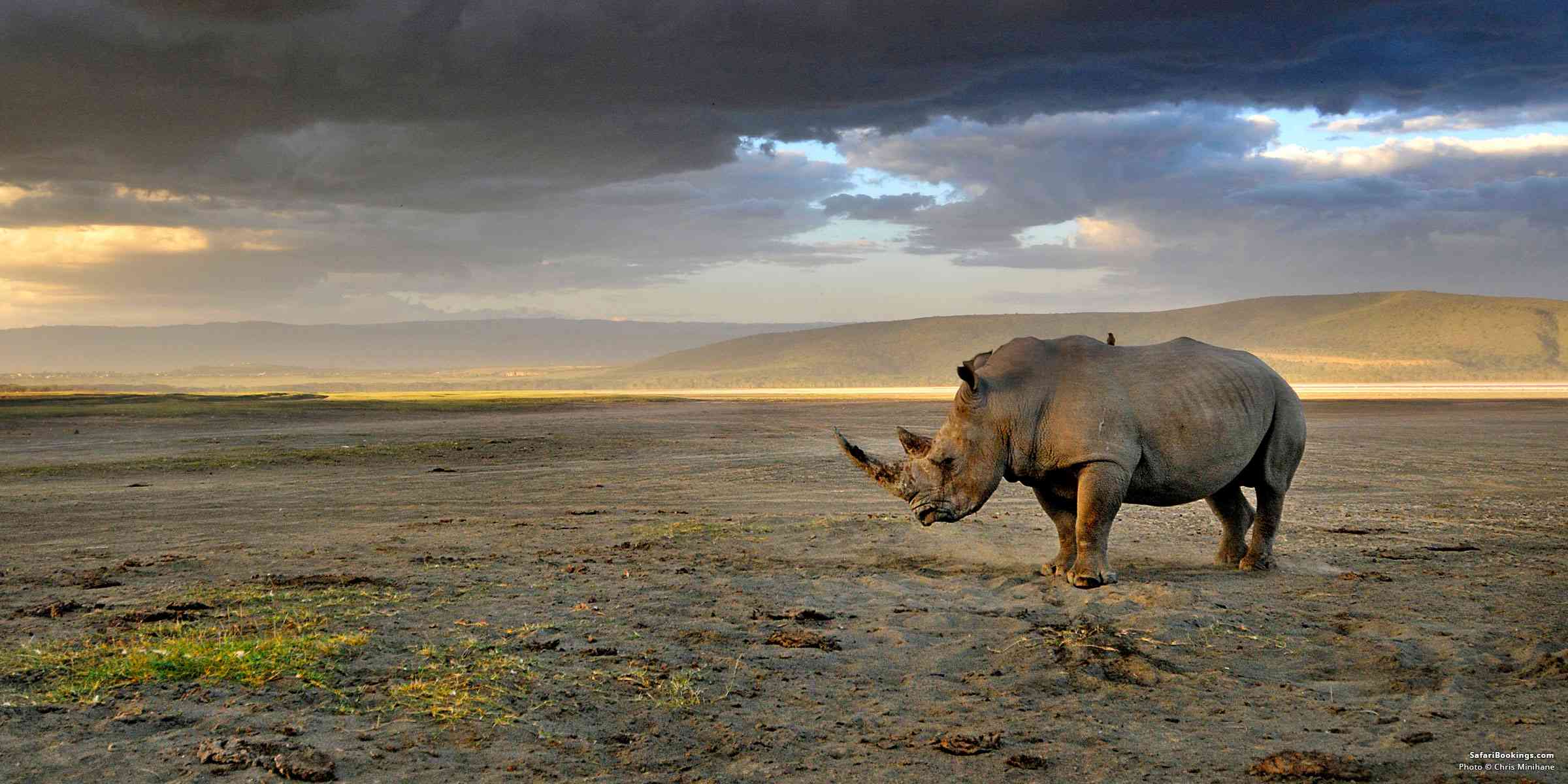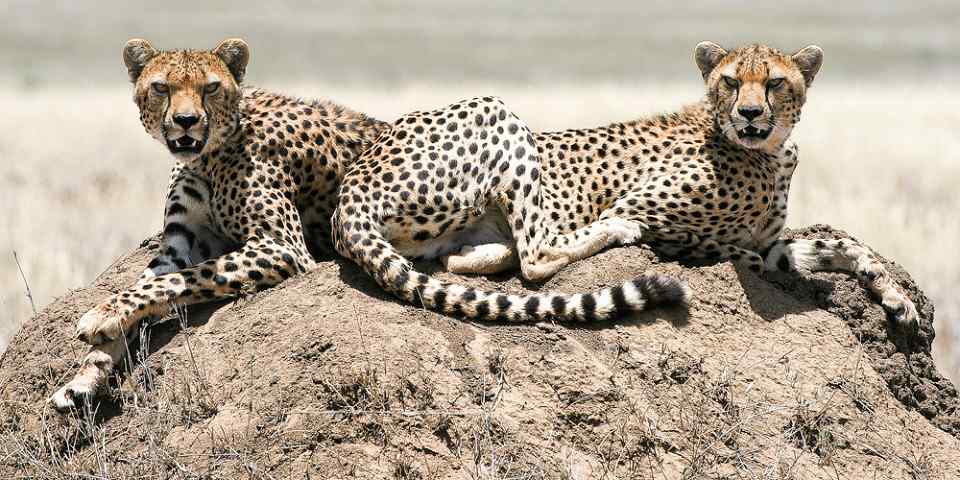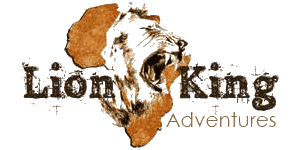
5 Fascinating Facts About the Black Rhino
 By
Mike Unwin
By
Mike Unwin
Mike is an award-winning wildlife writer, former editor of Travel Zambia magazine and author of the Bradt Guide to Southern African Wildlife.
The black rhino is the rarer and smaller of Africa’s two rhino species. We distinguish it from the larger white rhino by its shape, diet and temperament. It is no more ‘black’, however, than its relative is white. Both species acquire their colour from the mud in which they wallow, so vary from brown to grey. Below are five fascinating facts about the black rhino.
- We also know this species as the ‘hook-lipped rhino’ from the prehensile upper lip with which it grips the woody plant stems on which it feeds. The white rhino, by contrast, has a square mouth, which it uses for grazing.
- Scientists have identified eight distinct regional subspecies of black rhino. Three are now extinct and only three – the eastern, south-central and south-western – still have viable populations.
- Africa’s black rhino population plummeted from hundreds of thousands in 1900 to fewer than 2,500 by 2000. Uncontrolled hunting was to blame – at first for trophies, and then to supply the lucrative market for its horn. This occurred mostly in China and the Middle East. Today, some 4,300 remain and the species is classed as Critically Endangered.
- The black rhino has the highest known combat death rate for any mammal. Some 50% of males meet their end fighting.
- Black rhinos may look cumbersome, but they can run at up to 56kph, turn on the spot, and wield their horn with such dexterity that they can strike a tennis ball thrown towards them.
Want To Go on an African Safari?
Click on the button below to compare African safaris offered by top-rated tour operators.
 By
Mike Unwin
By
Mike Unwin
Mike is an award-winning wildlife writer, former editor of Travel Zambia magazine and author of the Bradt Guide to Southern African Wildlife.
More About This AuthorAfrican Safari Tours
-
![3-Day Tarangire, Ngorongoro & Lake Manyara- Private]()
3-Day Tarangire, Ngorongoro & Lake Manyara- Private
$1,082 pp (USD)
Tanzania: Private tourLuxuryLodge
You Visit: Arusha (Start), Tarangire NP, Ngorongoro Crater, Lake Manyara NP, Arusha (End)

Mountain Warriors Tours and Safaris
4.9/5 – 406 Reviews
-
![8-Day Mid-Range Serengeti Migration Safari]()
8-Day Mid-Range Serengeti Migration Safari
$3,150 to $3,585 pp (USD)
Tanzania: Private tour
Mid-range Lodge & Tented CampYou Visit: Arusha (Start), Lake Manyara NP, Serengeti NP, Ngorongoro Highlands, Ngorongoro Crater, Tarangire NP, Arusha (End)

Lion King Adventures
5.0/5 – 1,350 Reviews
-
![7-Day Best of Kenya Luxury Safari]()
7-Day Best of Kenya Luxury Safari
$6,750 to $7,750 pp (USD)
Kenya: Private tourLuxuryLodge
You Visit: Nairobi (Start), Samburu NR, Masai Mara NR, Nairobi (End)

Wayfairer Travel
5.0/5 – 202 Reviews



 Subscribe to our newsletter
Subscribe to our newsletter
 Follow us on Instagram
Follow us on Instagram





